Modern technologies have created a large number of diverse fabrics that are widely used for the manufacture of products necessary for humans. However, there are old, time-tested types of fabrics that are relevant and fashionable now. Jersey is a fabric of universal application and is one of them.

What it is?
Jersey is a knit fabric created on the small island of Jersey (hence the name), which is part of the Channel Islands. The wool of a special breed of sheep on this island, which has an increased ability to retain heat, served as the material for the manufacture of jersey. Warm knitwear was used for sewing underwear and it was indispensable in the harsh climatic conditions of the island.
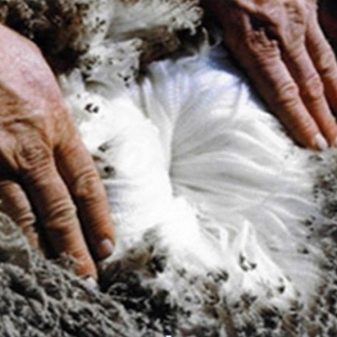
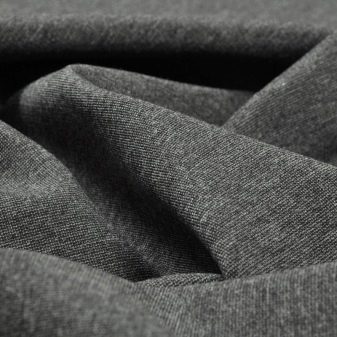
Subsequently, knitwear was repeatedly tried to be used for making clothes, but it was not in demand. Only the famous Coco Chanel introduced this knitwear to the category of fashionable fabric after the presentation of the “small” dress in jersey at the next Paris fashion show, which was a huge success. Since then, jersey jerseys have gained widespread popularity. The technology for the production of jersey has changed, and now the fabric is significantly different from the original version. Modern jersey is a machine knit fabric.
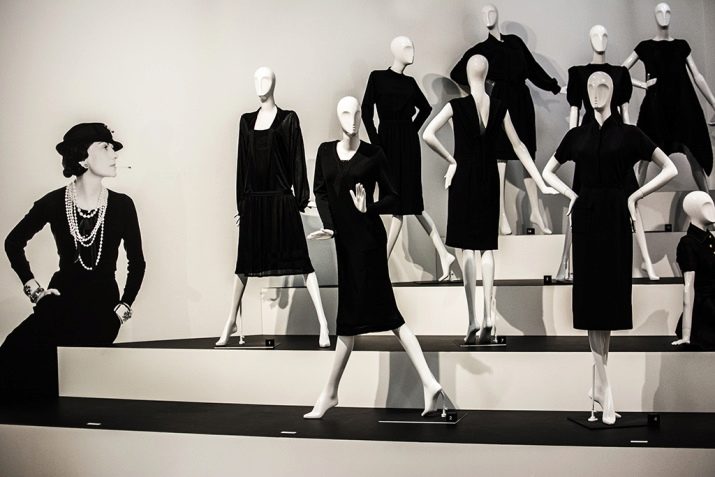
Description and composition
Jersey is primarily knitwear, the threads are knitted, interlaced in a special way. The production method of jersey is single-row weaving. The front and back drawings are different from each other.On the front surface are clearly visible "pigtails" that are characteristic of a knitted fabric, they are rows of vertical loops. On the wrong side, horizontal stripes stand out well.

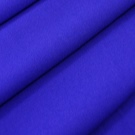

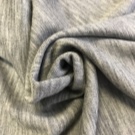

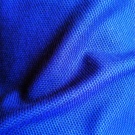
Due to this method of manufacturing, the jersey stretches well across but does not stretch, and after stretching the transverse section immediately folds into a tube. This characteristic feature of the jersey is its distinguishing feature and stands out among other fabrics. The original version of the jersey was made of pure wool, and the fabric was very dense. Industrial development and advanced technologies allow the use of other raw materials. The composition of the jersey can be made of wool, silk, cotton, linen, viscose and synthetic fibers.
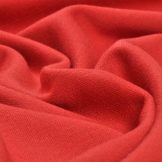

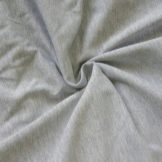
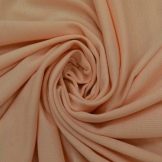
Knitted woolen fabrics are usually made from sheep wool (breed Merino or Angora). But at present, in addition to sheep’s wool, alpaca and even vicuna are often used. The viscose used to make the jersey also varies. Regular viscose is often replaced by bamboo and eucalyptus. From synthetic raw materials use polyester, elastane and lycra.
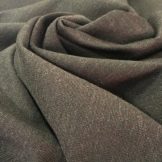
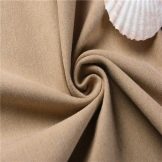
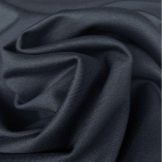
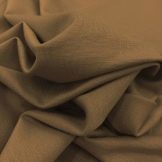
In addition, there is a combined composition of knitwear. In this case, it consists of several components. It can be a combination of natural fibers, viscose and synthetic. As a result, the fabric acquires the qualities of all components: natural, synthetic and viscose. The latest technology allows you to create knitwear, the fibers of which are enriched with additives such as extract from aloe, silver ions and a metal sprayer. As a result, the fabric acquires additional specific properties: antibacterial, dielectric ability, frost resistance.
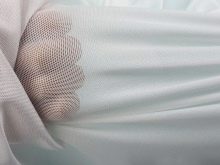
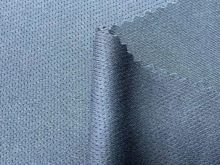
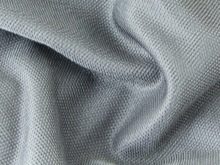
The properties of the fabric depend primarily on the raw materials that were used for its manufacture. The more synthetics, the less knitwear is wrinkled. Jersey made of natural fibers retains heat well, provides hygroscopicity and air access. The jersey is highly durable when combined with natural viscose yarns, but becomes less hygroscopic. When added to the natural composition of elastane, the knitwear becomes more elastic, stretches well, while retaining its shape.
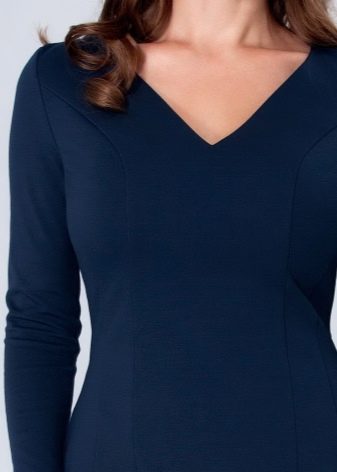
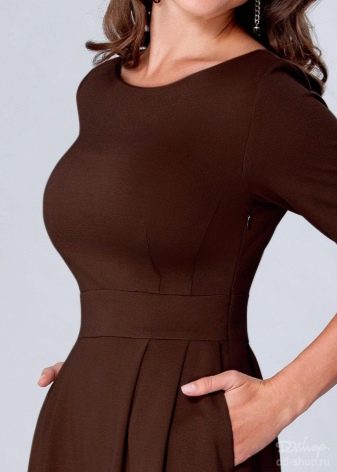
Depending on the raw material, the jersey can be heavy, moderate, light. Knitwear almost does not crease. Products from it always look neat, since they practically do not deform and retain their original shape. The decorative properties of the fabric make it possible to drape it into voluminous soft folds. The texture of knitwear allows you to emphasize the figure, as the fabric easily fits the silhouette.
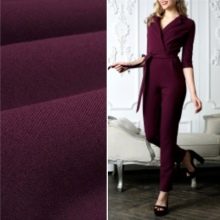

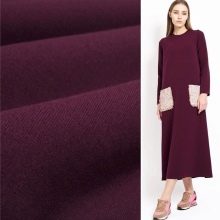
Jersey knit fabric has common distinguishing features: flexibility, elasticity, stretch and softness.
Benefits
The composition of the knitwear affects one or another of its properties, and therefore the advantages and disadvantages. However, there are advantages that all types of jersey have:
- the fabric passes air well, regulates heat transfer, allowing the skin to “breathe”, has hygroscopicity due to a specific method of weaving the fibers;
- all jerseys are soft, which makes it possible to sew even underwear from them;
- knitwear is distinguished by simplicity and ease of care, well tolerates both hand and machine wash;
- the jersey has excellent drapery ability, easily forms soft volume folds;
- the fabric almost does not crease, during storage does not form folds, creases even when folded;

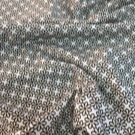
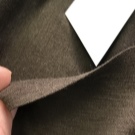
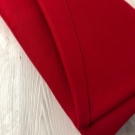
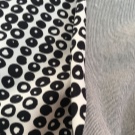
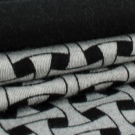
- knitwear has a high degree of resistance to wear, it retains its appearance and properties after prolonged use, can withstand numerous washings;
- has versatility in use - it can be used for sewing any type of clothing;
- each knitwear, even natural wool, is characterized by lightness;
- the fabric has good elasticity, it stretches tightly and quickly returns to its original shape;
- the knitwear is well stained and retains color for a long time.
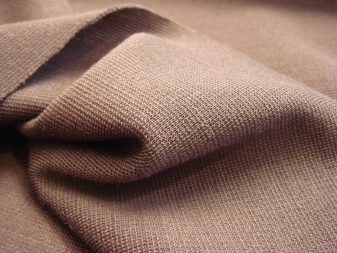
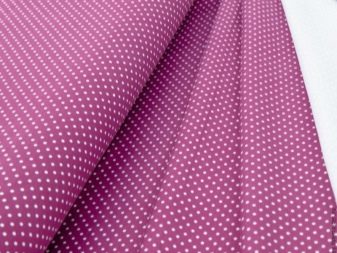
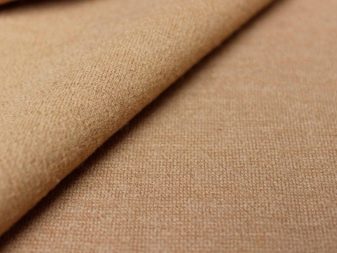
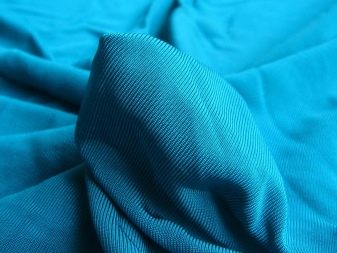
An important advantage of all jerseys is the ability to stretch: almost 25% of the original form. Natural jerseys are environmentally friendly and safe; they do not cause allergic reactions or skin irritations. Artificial and synthetic fabrics almost do not sit down during washing. Jersey made from natural fibers does not deform when squeezed, ironed and steamed. Knitted with the addition of linen or synthetic fibers has high strength.
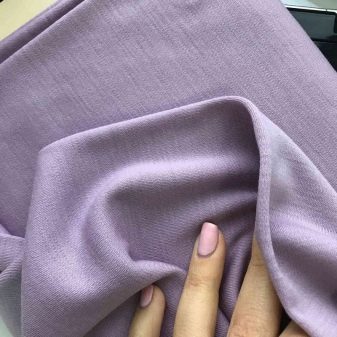
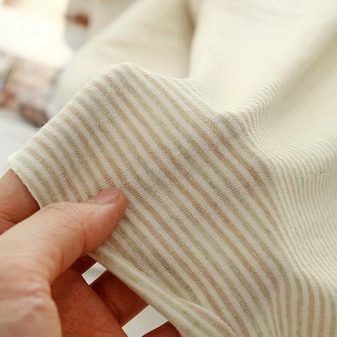
disadvantages
The disadvantages of a jersey include its properties:
- after washing dries for a long time, as it retains moisture well;
- stretches in width better than in length;
- does not withstand high temperatures during washing, which leads to deformation of products;
- requires compliance with the care rules indicated on the product label;
- wool jerseys can form spools;
- synthetic knitwear is able to electrify and “stick” to stockings and tights;
- viscose and synthetic jerseys require low temperatures when ironing and do not tolerate steam well: the product loses its original density and changes shape somewhat.

Varieties
Like many other fabrics, like crepe, jersey, depending on the raw materials of manufacture, it is divided into the following types:
- natural;
- artificial
- synthetic.
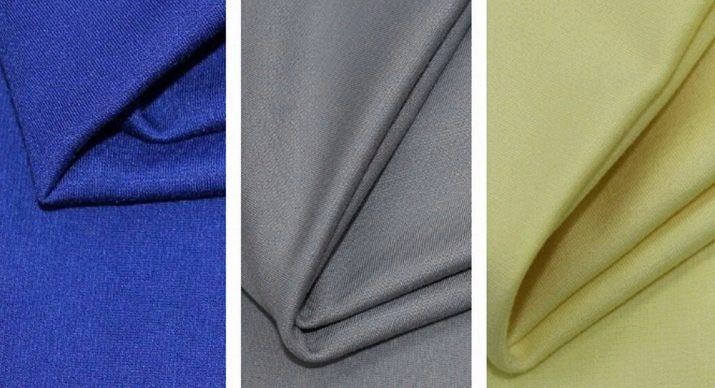
Natural jersey is made from natural fibers. In addition to wool, silk and cotton linen are also used. Woolen jersey is pure-wool and with the addition of viscose or synthetic fibers. It is very warm, and at the same time allows the skin to breathe, the tissue. Cotton jersey is made either from pure cotton, or from a mixture thereof with other fibers. This jersey is also characterized by softness, durability and an opaque texture, high air permeability and good hygroscopicity. Despite the low ability to drape, it guarantees a wide variety of cut products.

Elastane or lycra are often added to cotton, which add an even higher degree of strength, wear resistance to the general properties of the jersey, which extends the service life of the products. Silk jersey stands out among other species with the highest level of softness and smoothness. Its texture is thin, translucent, cast with a beautiful velvety sheen. This type of knitwear stretches well, and the added lycra further enhances this ability.
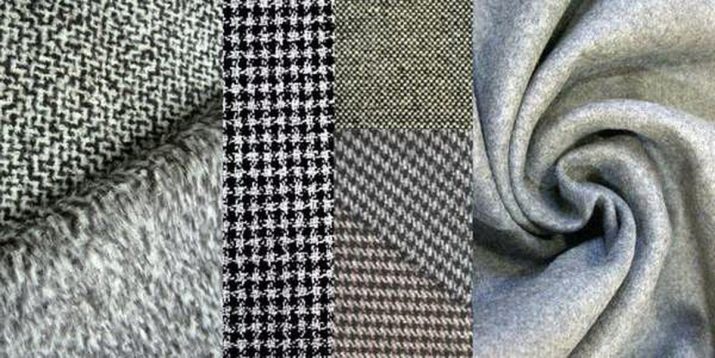
This fabric passes air well, regulating heat transfer. Linen knitwear is a soft fabric with a matte surface. It differs from other species in lower elasticity. Silk and linen natural jerseys are airy, very pleasant in contact with the skin and are almost not felt on hot summer days.
Raw materials for artificial jersey are different types of viscose. The main distinguishing feature of viscose knitwear is the softness and smoothness of its surface. Knitwear is very obedient in sewing, draped well. It often adds lycra, elastane, spandex. These synthetic fibers increase the degree of stretching and quick restoration of the initial shape of the product. For the production of synthetic jersey, fibers from lycra, polyester, elastane, and spandex are used. Synthetic jersey is characterized by increased strength and durability. In terms of wear resistance, lightness and strength, synthetic knitwear is not inferior even to nylon.
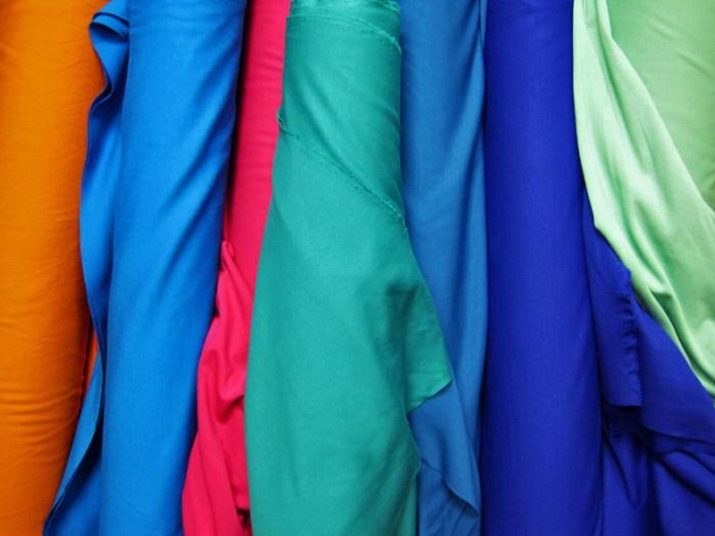
Application area
One of the characteristic features of a jersey is its versatility. This explains the wide range of its application. A huge variety of products can be sewn from jersey. Since this knitwear can consist of both expensive natural fibers and cheaper artificial and synthetic ones, the scope of its application is very wide: from expensive evening dresses to casual wear, from underwear to jackets.
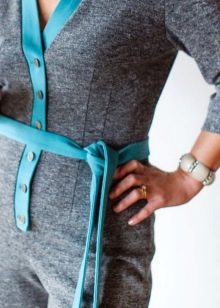
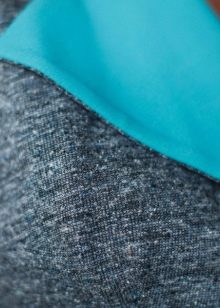
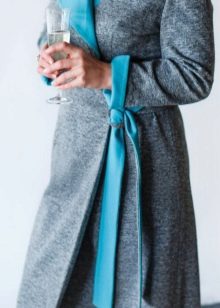
Knitwear jersey used for sewing:
- underwear for women and men - underpants, T-shirts, nightgowns, pajamas, bodices;
- dresses for women;
- T-shirts and trousers;
- clothes for children;
- outerwear for women and men - jackets, coats, jackets and jackets;
- home clothes - bathrobes.





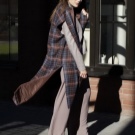
For underwear, thin viscose, cotton or more expensive silk knitwear is used. Elegant evening toilets for women are sewn from cotton jersey, and casual suits for office work for both women and men are made from woolen or cotton jersey. Warm knitwear is also used for the manufacture of outerwear: coats, jackets, as well as beautiful elegant cardigans, tunics, poncho, jackets. Men's and women's sweaters and pullovers from woolen knitwear look very beautiful.
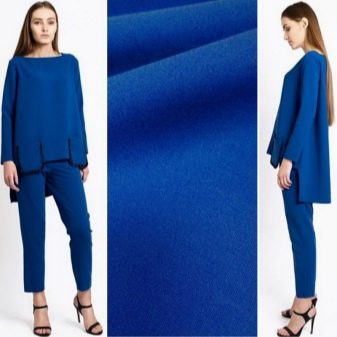
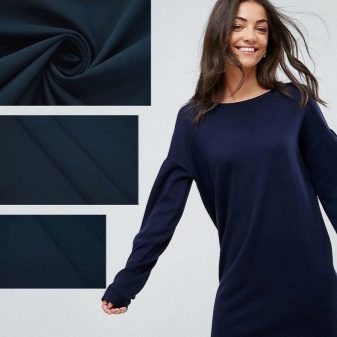
Due to the properties of the jersey, you can sew a dress of any style out of it: tight-fitting sheath dress or straight cut, flared dresses from the waist or chest, with draping. Light viscose and cotton knitwear goes on sewing summer dresses, blouses, tops. Sportswear (t-shirts, shorts, windcheaters), as well as clothes for children (dresses, blouses, sweatshirts, pants, sweaters) occupy a separate place.
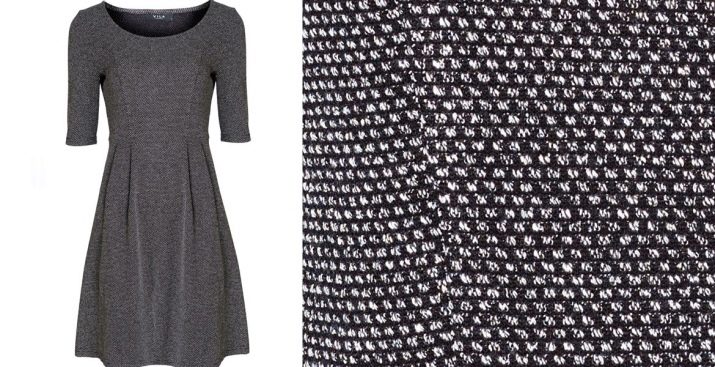
Care Tips
Knitwear products can be worn for a long time and in any weather, and they will retain their appearance if you follow some simple rules of care.
- It is permissible to wash clothes from a jersey with both hands and a washing machine using soft detergents. The washing mode depends on the type of knitwear: for cotton it will be slightly different than for silk or synthetic. In any case, the knitwear tolerates washing well in a gentle mode and at a water temperature of no higher than 40 degrees.
- Rinsing after washing is required not in cold water, but in warm (about 20 degrees). Under this condition, the fabric retains the saturation of its color.
- Do not wash white knitwear in conjunction with things that are painted in different colors, as this can lead to the coloring of the jersey.
- During machine wash during spin cycle, light mode is also set at low speeds.

- It is recommended to dry products in a straightened form on a horizontal flat surface. It is forbidden to dry them near or on heating appliances.
- Iron the jersey at the lowest temperature of the iron using a damp, thin cloth (cotton or gauze). You can also use a steamer on the iron: in this case, the product must be ironed from the inside, this will help to avoid shiny prints from the iron.
- You need to store things neatly folded or on a hanger in a ventilated room, to prevent prolonged exposure to the sun, which can lead to fading of the fabric.
- A slightly wrinkled knitwear can be straightened out without an iron. To do this, you need to hang it on a hanger above a tank of hot water. The folds straighten quickly from steam. They also come after prolonged storage of things and with some loss of their appearance.
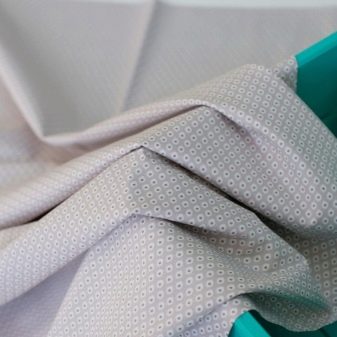
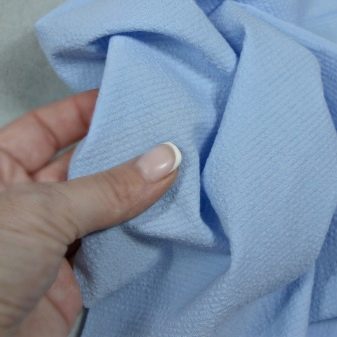
Typically, the label of each product indicates the rules of care, taking into account the type of fabric. This helps to properly care for the jersey.
Reviews
As shown by numerous reviews, the jersey fabric is very popular and in demand. Consumers especially note the long service life of knitwear while maintaining the appearance and its original color. Women like that the jersey favorably emphasizes the figure. As consumers point out, woolen jersey suits warm well in cold weather. Many parents prefer to buy cotton knitwear for their children, as it allows the skin to breathe and does not cause skin irritation. People especially like the convenience of wearing knitted clothes: they do not wrinkle, do not lose their initial shape, the fabric “breathes” and, moreover, requires only minimal care.
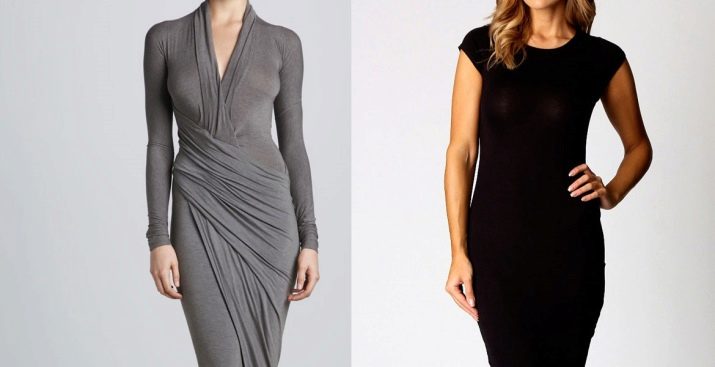
A large assortment of jersey clothing allows you to combine and combine things and look different every day. It is also noted that the fabric is easily cleaned from small local contaminants. Consumers who sew things themselves indicate that the fabric is very comfortable to sew; clothes of any style can be sewn from it. I really like home versions of the jersey - bathrobes, pajamas - for the convenience and comfort when wearing.

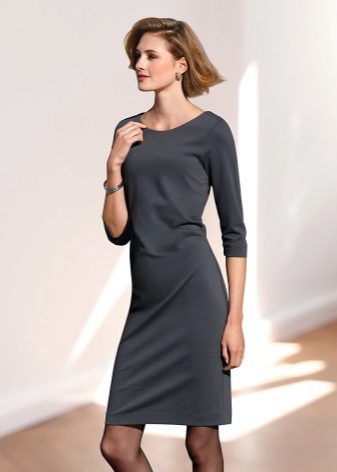
Analyzing the statements of consumers, we can say that the reviews about the jersey are only positive, and this testifies to its real merits and explains the wide popularity.
See how to choose a jersey knit fabric in the next video.










